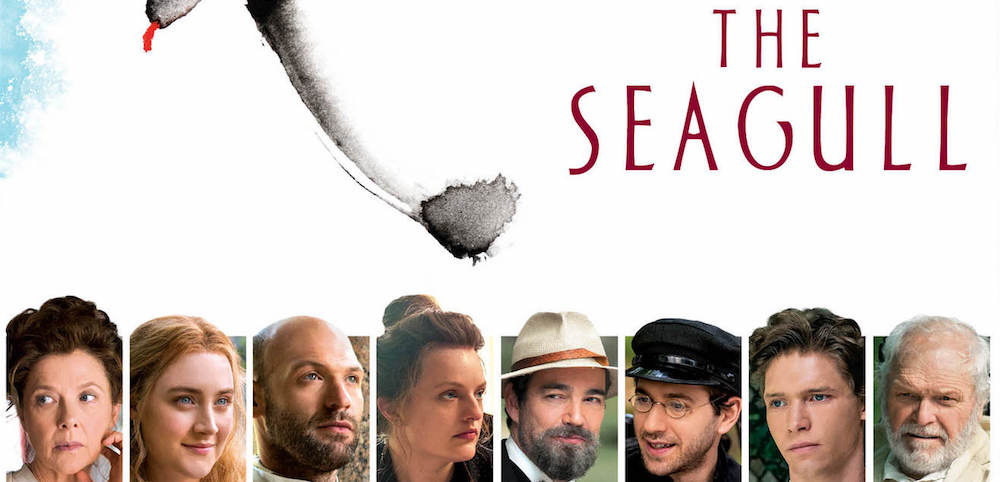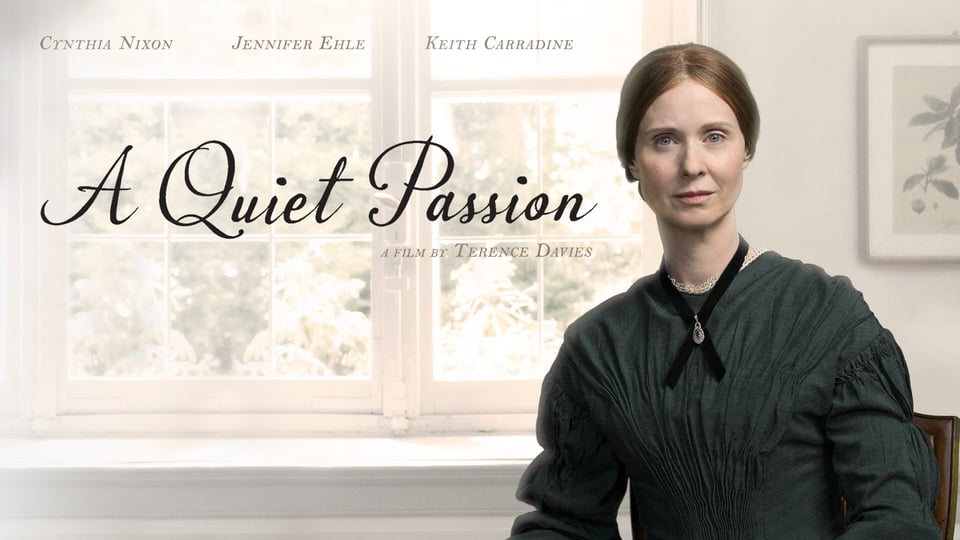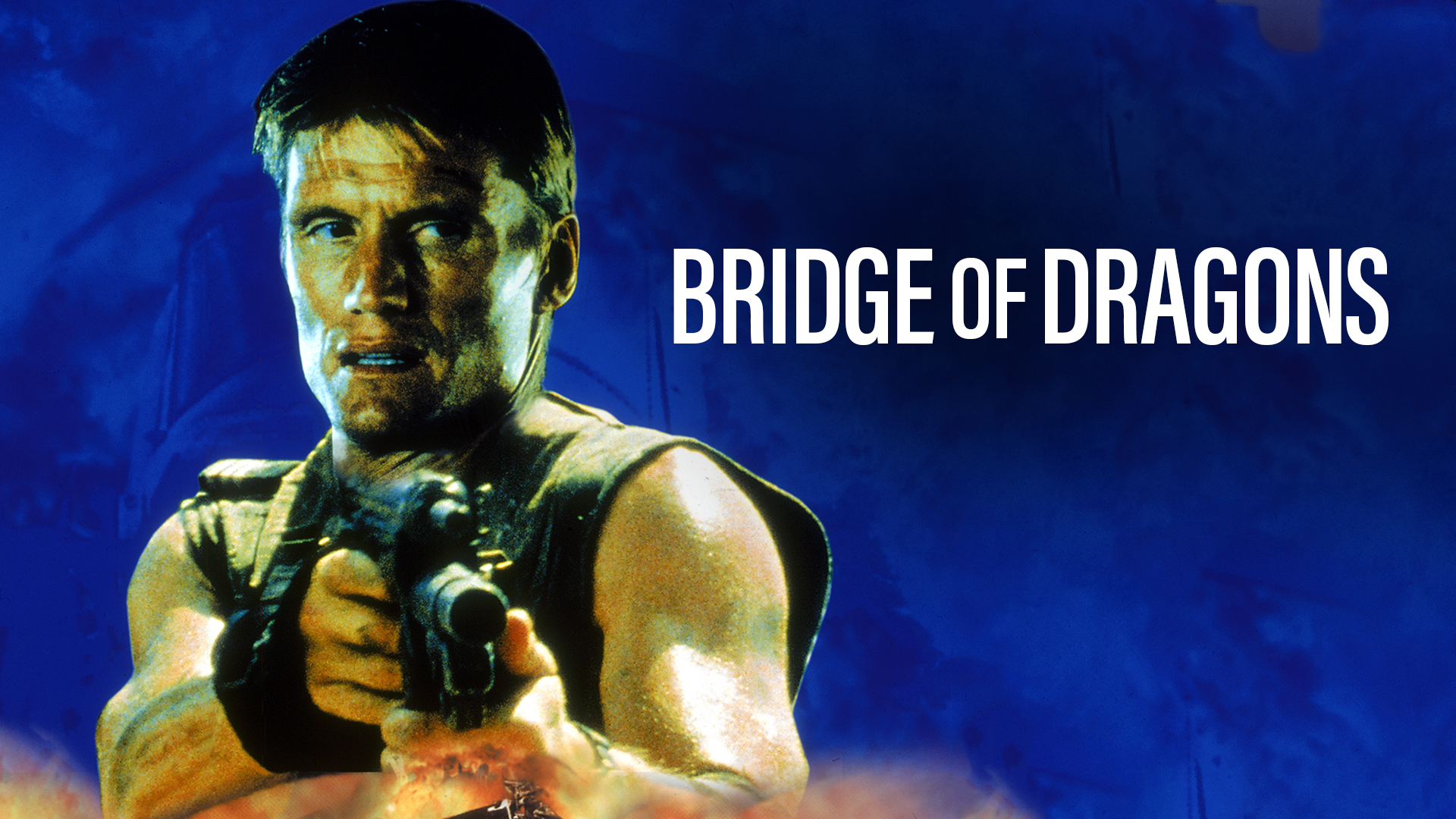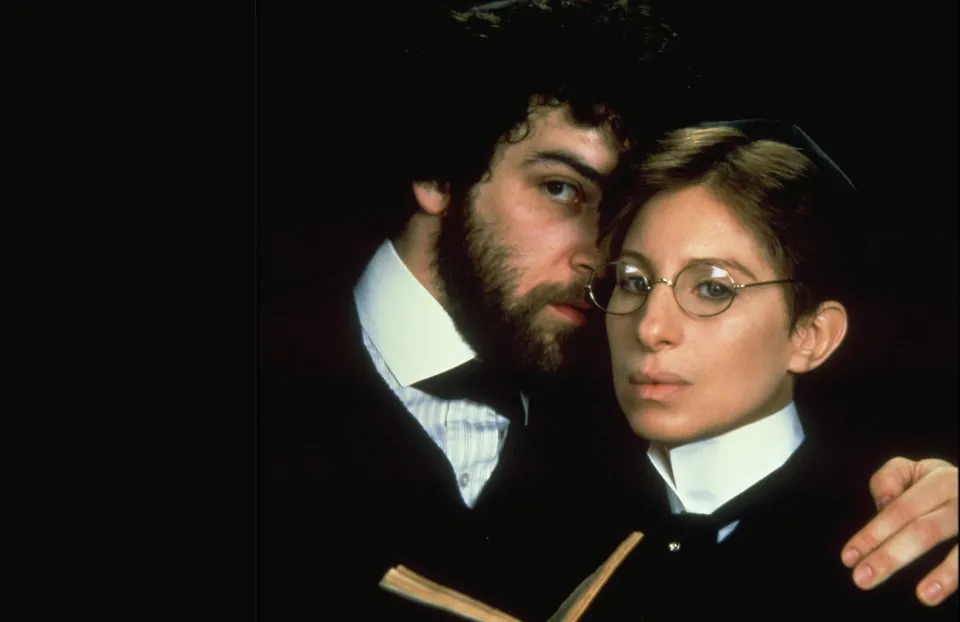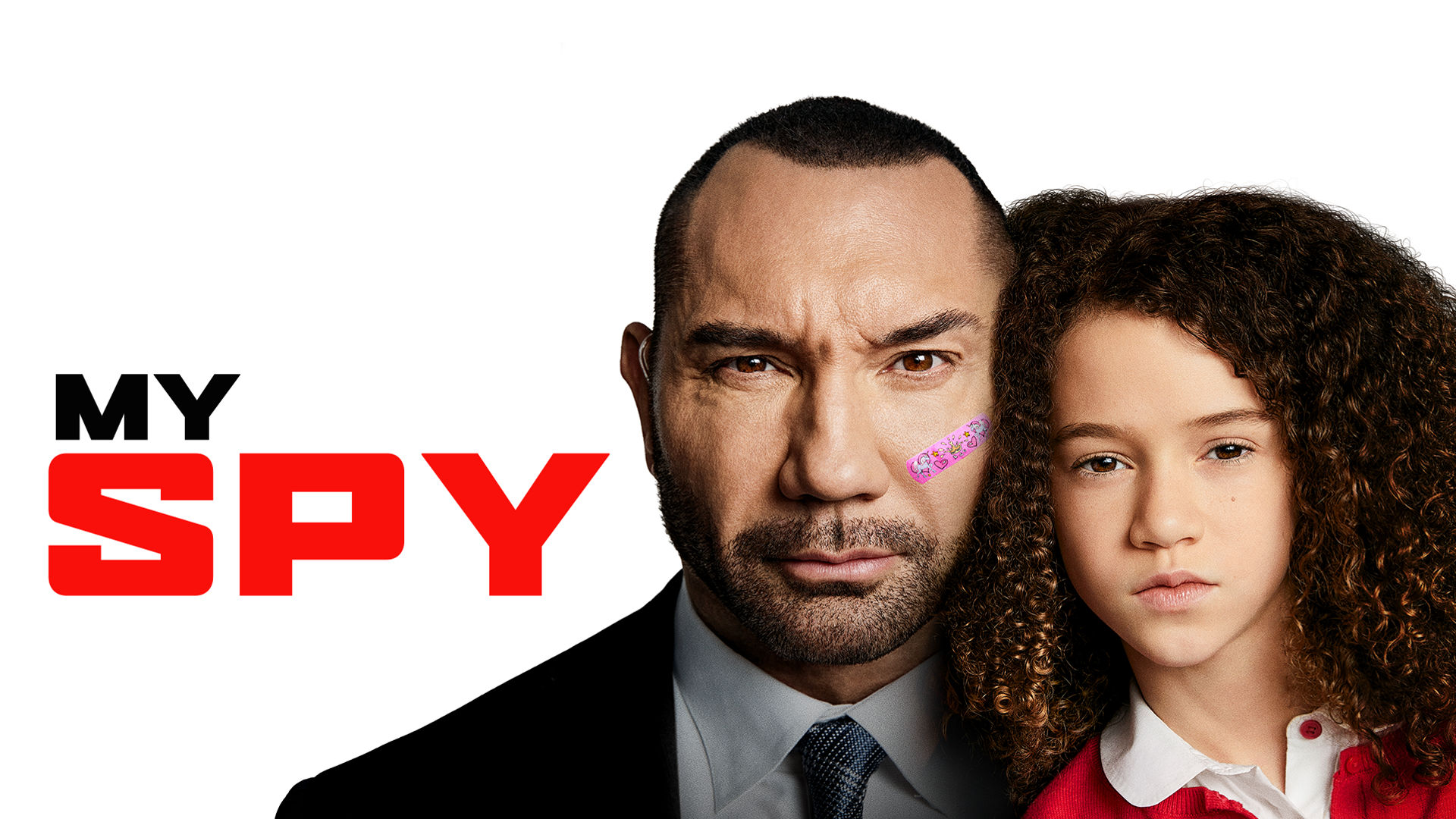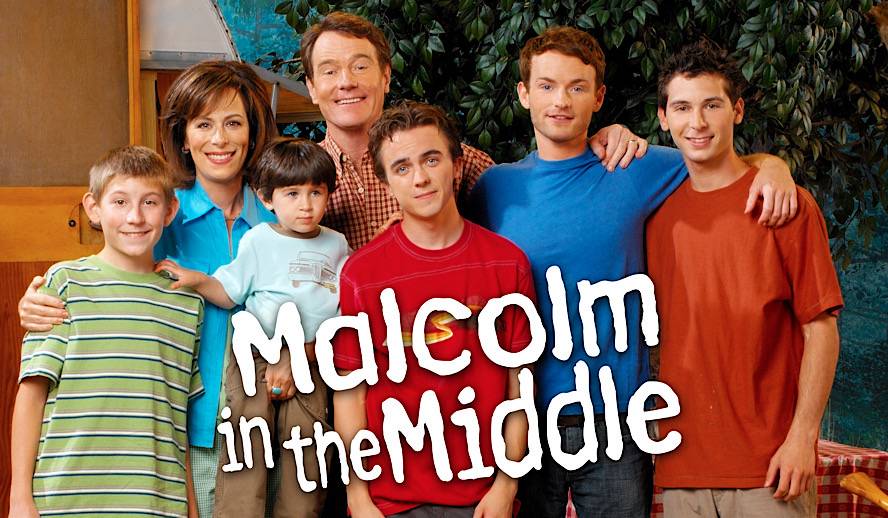Atonement (2007) – Movie Review
Atonement, directed by Joe Wright and based on the acclaimed novel by Ian McEwan, is a sweeping romantic drama set against the backdrop of World War II. With its layered narrative, haunting cinematography, and emotional depth, the film explores the devastating consequences of a lie and the elusive nature of redemption.
The story begins in 1935 at a grand English estate, where 13-year-old Briony Tallis (Saoirse Ronan) misinterprets a series of interactions between her older sister Cecilia (Keira Knightley) and the housekeeper’s son, Robbie Turner (James McAvoy). When Briony walks in on a passionate moment between the two and later sees another encounter through a child’s eyes, she falsely accuses Robbie of a crime he didn’t commit. That accusation shatters lives.
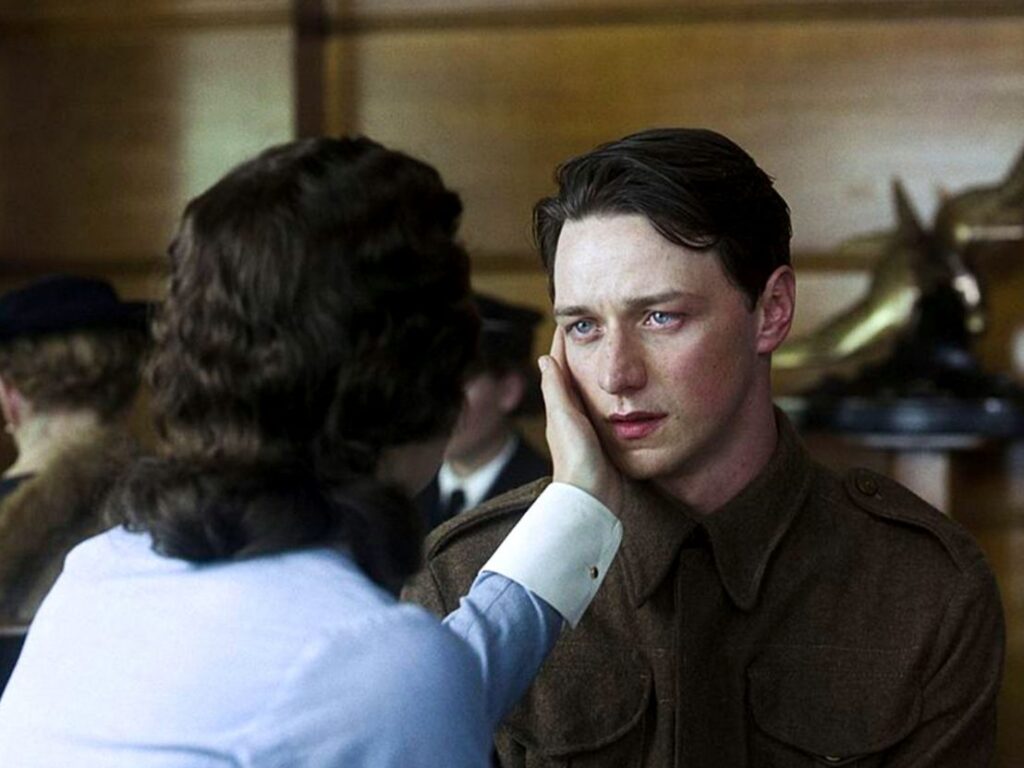
The film is divided into three parts: the youthful innocence and betrayal at the Tallis estate, the brutal war years that follow, and a reflective, emotional conclusion decades later. What makes Atonement unique is its structure—how it revisits events from different perspectives, revealing how perception, memory, and truth intertwine.
Keira Knightley is captivating as Cecilia—restrained, elegant, and heartbroken. James McAvoy delivers one of his most powerful performances as Robbie, a man whose life is derailed by forces beyond his control. Saoirse Ronan, in a breakout role, brings eerie precision to Briony, capturing both her intelligence and the chilling gravity of her mistake. Romola Garai and Vanessa Redgrave portray older versions of Briony in the film’s later acts, anchoring the emotional weight of her lifelong guilt.
Wright’s direction is visually stunning. One of the film’s most talked-about achievements is the unbroken five-minute tracking shot of the Dunkirk evacuation—a haunting, surreal sequence that captures the chaos, despair, and madness of war. The cinematography, by Seamus McGarvey, uses color, light, and shadow to shift tone between romance, thriller, and tragedy with elegance.
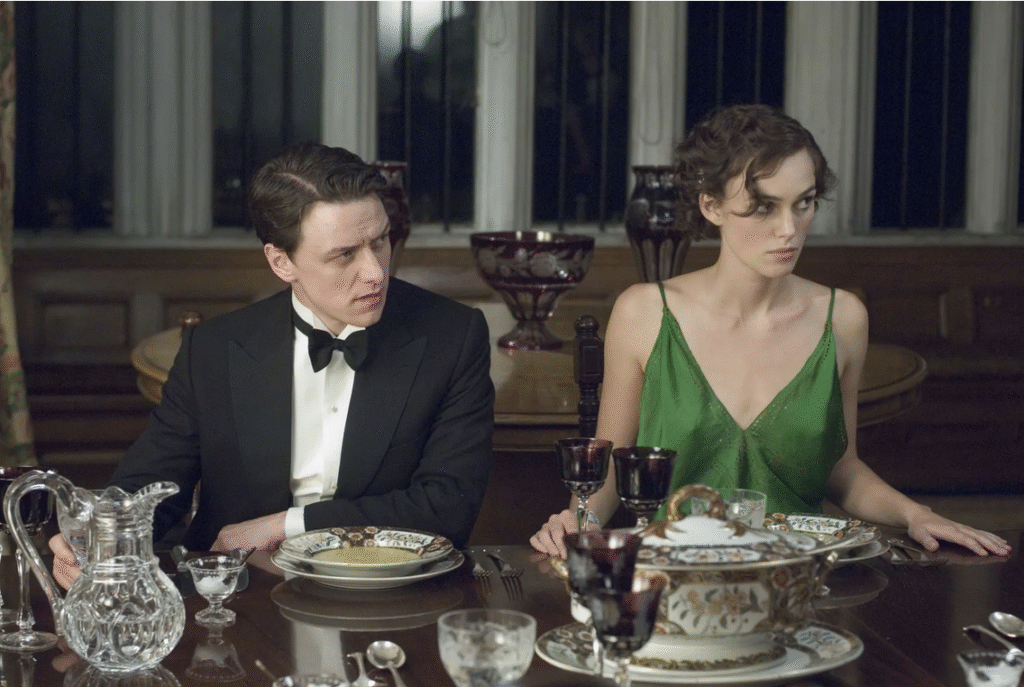
The score, composed by Dario Marianelli, is another standout element. The typewriter motif—symbolizing Briony’s writing—echoes throughout the film, blending into the music in a way that heightens the tension and underscores the story’s themes of storytelling, authorship, and regret.
At its heart, Atonement is about the power and danger of imagination. Briony’s childish fantasy sets in motion irreversible harm. As an adult, she attempts to atone by telling the “truth” through fiction—but the final act reveals that not all wounds can be healed with words. The closing twist is heartbreaking, reminding the audience that while stories can offer catharsis, they can’t always deliver justice.
Atonement is a masterpiece of emotional storytelling—elegant, painful, and unforgettable. It challenges viewers to consider the nature of forgiveness and whether true atonement is ever really possible.
full movie
